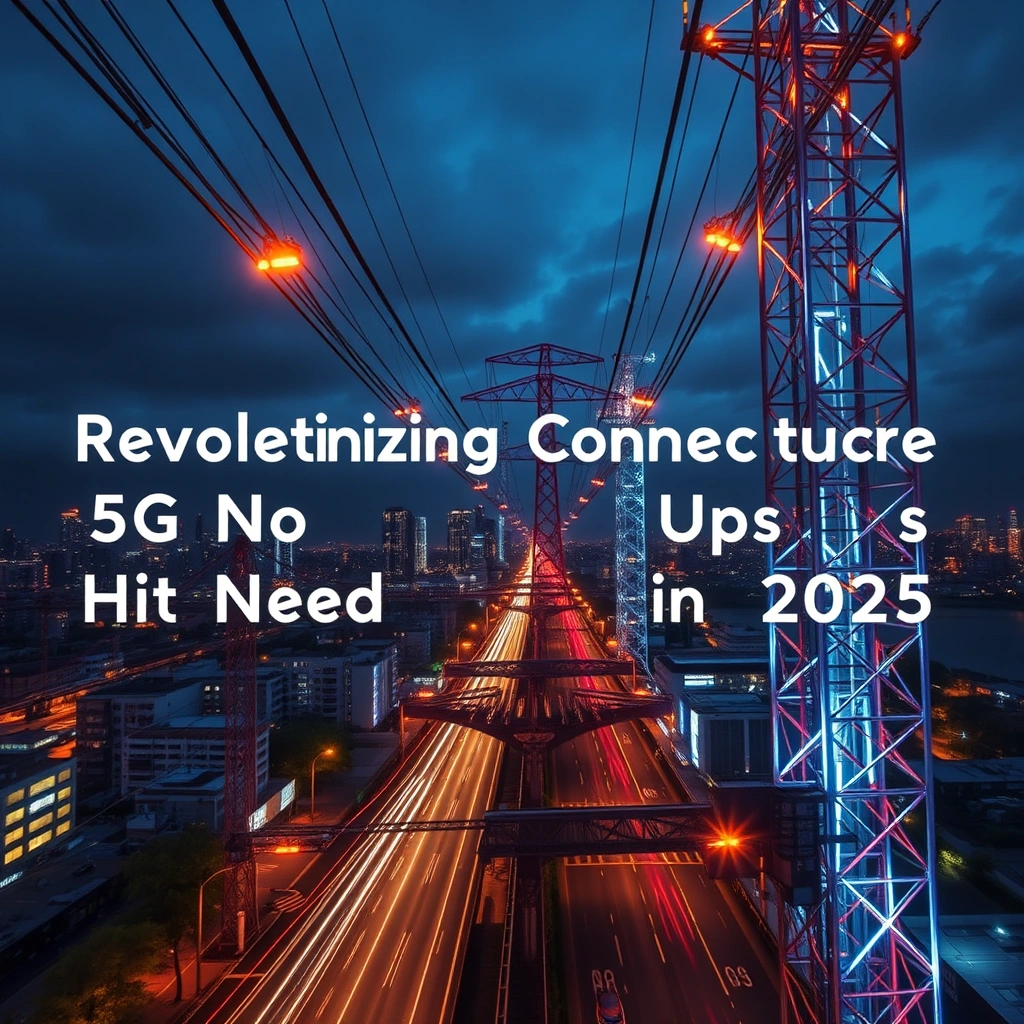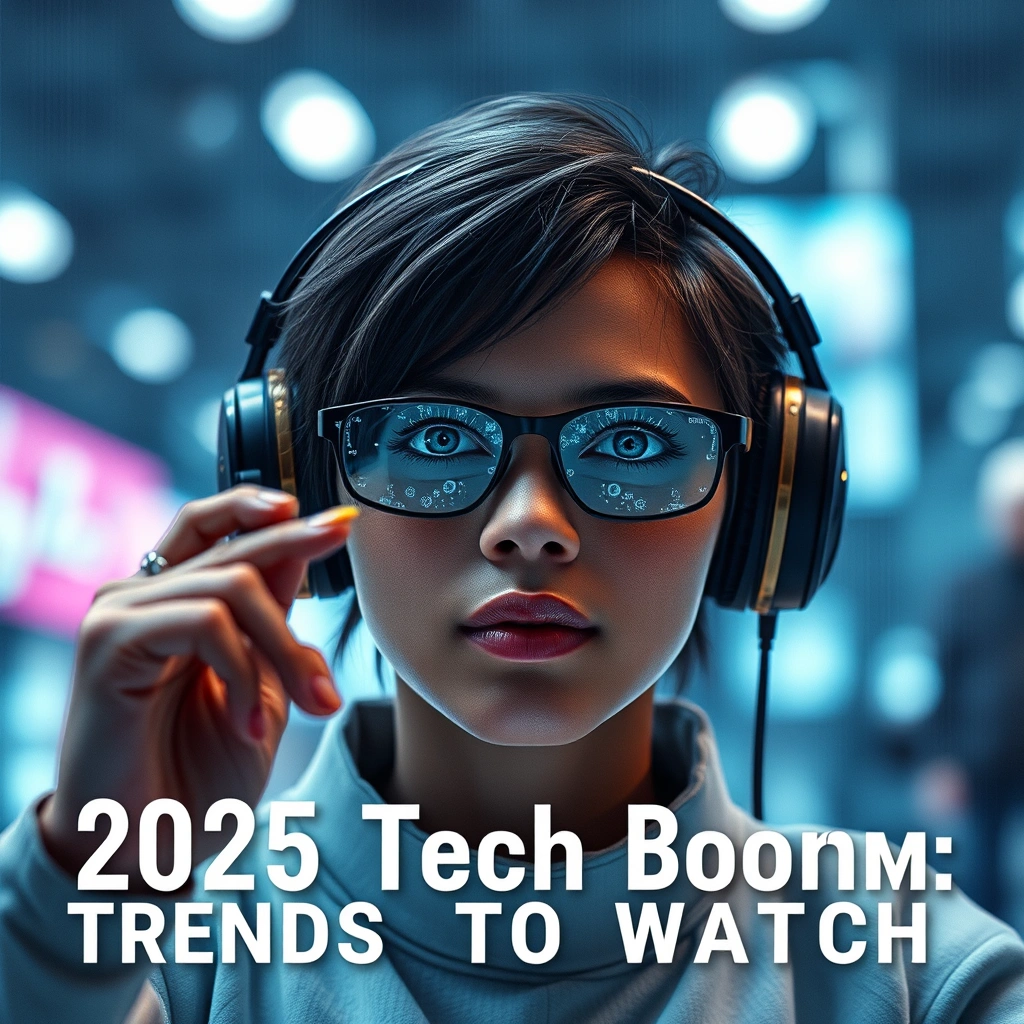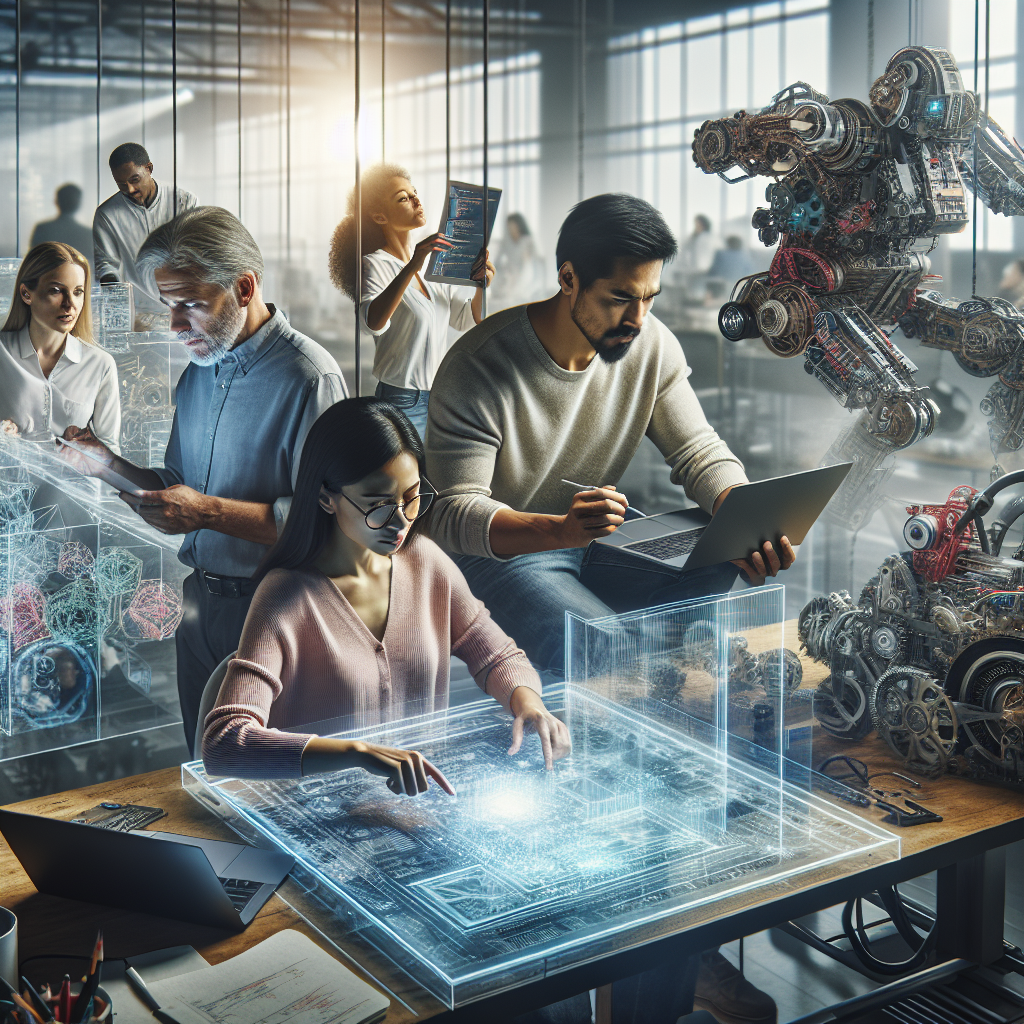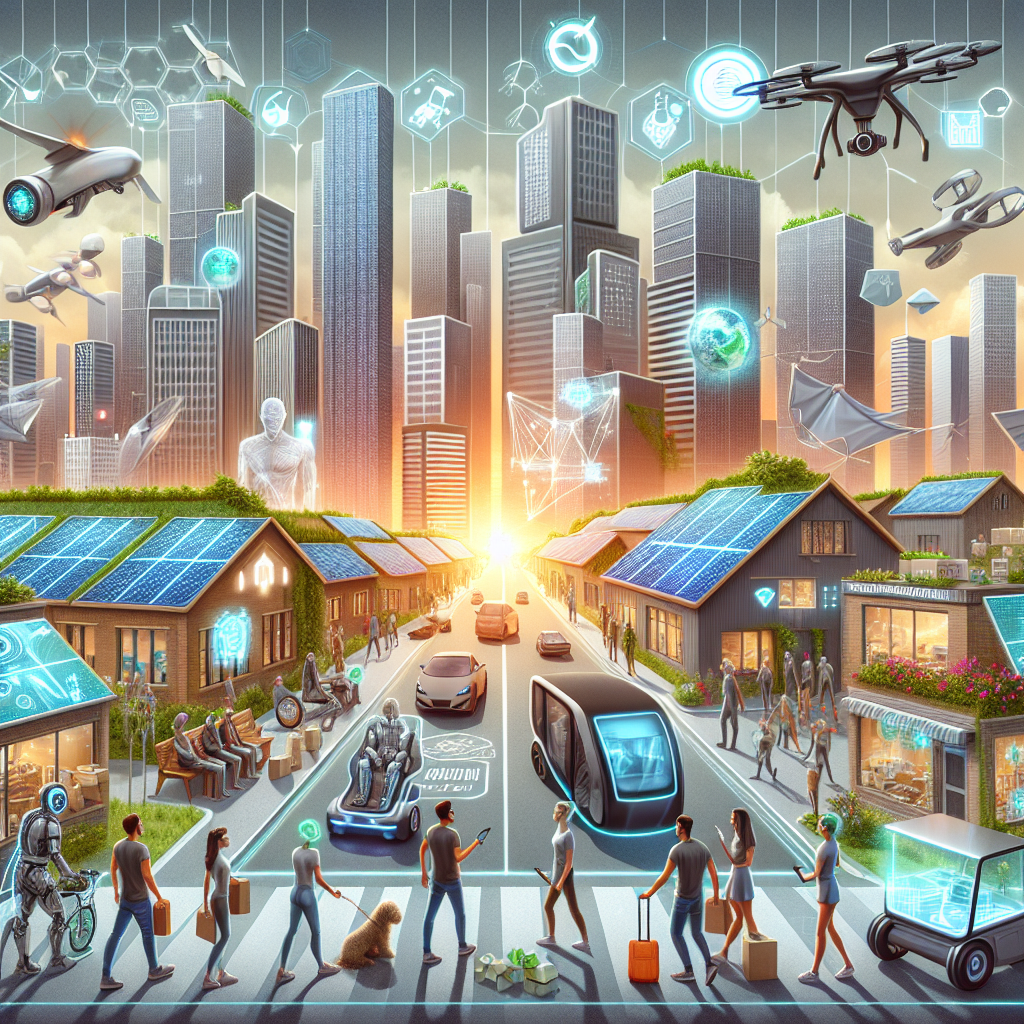Unveiling the Quantum Leap: A Technological Revolution
Imagine a world where problem-solving occurs at speeds previously thought impossible, where materials are designed at the atomic level with unparalleled precision, and where our understanding of the universe is revolutionized. This isn’t science fiction; it’s the promise of quantum technology, and the quantum leap is closer than you think.
Understanding the Fundamentals of Quantum Computing
Quantum computing represents a paradigm shift in how we process information. Unlike classical computers that use bits representing 0 or 1, quantum computers leverage “qubits.”
Qubits: The Building Blocks of Quantum Computing
Qubits can exist in a superposition, meaning they can be both 0 and 1 simultaneously. This allows quantum computers to explore vast solution spaces exponentially faster than classical computers. Another key principle is entanglement, where two or more qubits become linked, and the state of one instantly influences the state of the others, regardless of distance. These properties enable quantum computers to tackle problems currently intractable for even the most powerful supercomputers.
Quantum Computing vs. Classical Computing: A Key Difference
Classical computers perform calculations sequentially, one step at a time. Quantum computers, however, can perform many calculations simultaneously thanks to superposition and entanglement. This parallelism provides a significant advantage for certain types of problems, particularly those involving optimization, simulation, and cryptography. The quantum leap in computing power opens up new avenues for scientific discovery and technological advancement.
The Impact of Quantum Technology Across Industries
The potential applications of quantum technology are vast and span numerous industries, promising to revolutionize fields ranging from healthcare to finance.
Healthcare: Revolutionizing Drug Discovery and Personalized Medicine
Quantum computing has the potential to accelerate drug discovery by simulating molecular interactions with unprecedented accuracy. This can significantly reduce the time and cost associated with bringing new drugs to market. Furthermore, quantum sensors could be used to develop more sensitive diagnostic tools, enabling earlier and more accurate detection of diseases. Personalized medicine, tailored to an individual’s genetic makeup, could also benefit from quantum computing’s ability to analyze complex biological data.
Finance: Enhancing Financial Modeling and Cybersecurity
In the finance industry, quantum computers can optimize investment portfolios, detect fraudulent transactions, and improve risk management strategies. Quantum-resistant cryptography is also crucial for protecting sensitive financial data from potential quantum attacks. As quantum computers become more powerful, they pose a significant threat to existing encryption methods, making the development of quantum-safe security measures essential.
Materials Science: Designing New Materials with Unprecedented Properties
Quantum simulations can be used to design new materials with specific properties, such as enhanced conductivity, strength, or flexibility. This could lead to breakthroughs in areas like energy storage, aerospace, and construction. For example, quantum computers could help discover new battery materials with higher energy densities, making electric vehicles more efficient and extending their range.
The Challenges and Opportunities of Embracing the Quantum Leap
While the potential benefits of quantum technology are enormous, there are still significant challenges to overcome before it becomes widely adopted.
Overcoming Technical Hurdles in Quantum Computing
Building and maintaining quantum computers is incredibly complex. Qubits are extremely sensitive to environmental noise, such as temperature fluctuations and electromagnetic interference, which can cause them to lose their quantum properties (decoherence). Maintaining the stability and coherence of qubits is a major engineering challenge. Error correction in quantum computers is also a significant hurdle, as quantum errors are fundamentally different from classical errors and require new approaches.
The Talent Gap: Preparing the Workforce for the Quantum Era
There is a growing demand for skilled quantum scientists and engineers. Universities and research institutions need to develop comprehensive quantum education programs to train the next generation of quantum professionals. Furthermore, interdisciplinary collaborations between physicists, computer scientists, and engineers are essential to accelerate the development and deployment of quantum technologies.
Ethical Considerations: Navigating the Responsible Development of Quantum Technology
As with any powerful technology, quantum computing raises ethical concerns. It’s important to consider the potential misuse of quantum technology, such as breaking current encryption algorithms or developing new weapons. Establishing ethical guidelines and regulatory frameworks is crucial to ensure that quantum technology is used responsibly and for the benefit of society.
The Path Forward: Accelerating the Quantum Revolution
The quantum revolution is underway, and there are several key steps we can take to accelerate its progress.
Investing in Research and Development
Increased funding for quantum research is essential to drive innovation and overcome technical challenges. Governments, industry, and academia need to collaborate to support quantum research initiatives. This includes funding basic research, developing quantum hardware and software, and fostering interdisciplinary collaborations.
Fostering Collaboration and Open Innovation
Open-source quantum software and hardware platforms can accelerate innovation by allowing researchers and developers to share their work and build upon each other’s ideas. Collaborative efforts between industry, academia, and government can help to bridge the gap between research and practical applications. Organizations like the Quantum Economic Development Consortium (QED-C) are playing a vital role in fostering collaboration and promoting the development of the quantum industry.
Raising Awareness and Educating the Public
Raising public awareness of the potential benefits and risks of quantum technology is crucial for building support and ensuring its responsible development. Educational initiatives can help to demystify quantum concepts and inspire the next generation of quantum scientists and engineers. Museums, science centers, and online resources can play a significant role in educating the public about the quantum leap and its potential impact on society.
The quantum leap is not just about building faster computers; it’s about fundamentally changing how we solve problems and understand the world around us. While challenges remain, the potential benefits are too significant to ignore. By investing in research, fostering collaboration, and addressing ethical concerns, we can unlock the full potential of quantum technology and usher in a new era of scientific discovery and technological advancement.
Learn more about quantum computing and how it’s shaping the future of technology. Contact us to explore how quantum solutions can benefit your organization (“khmuhtadin.com”).









